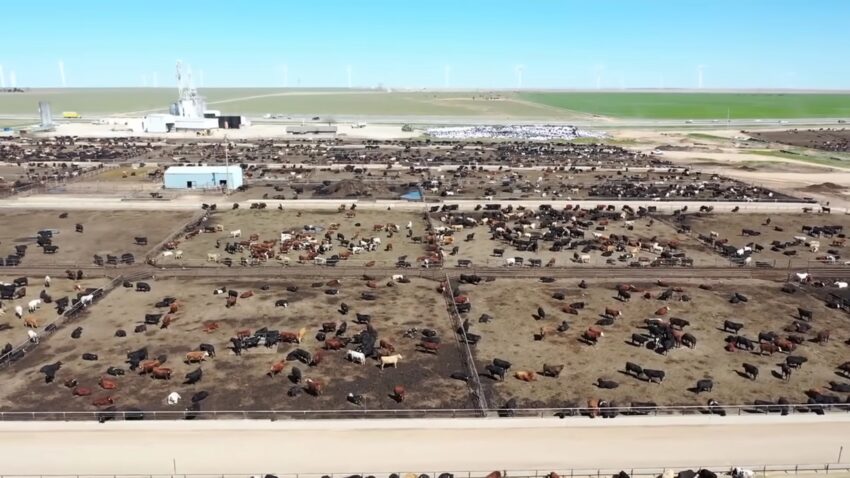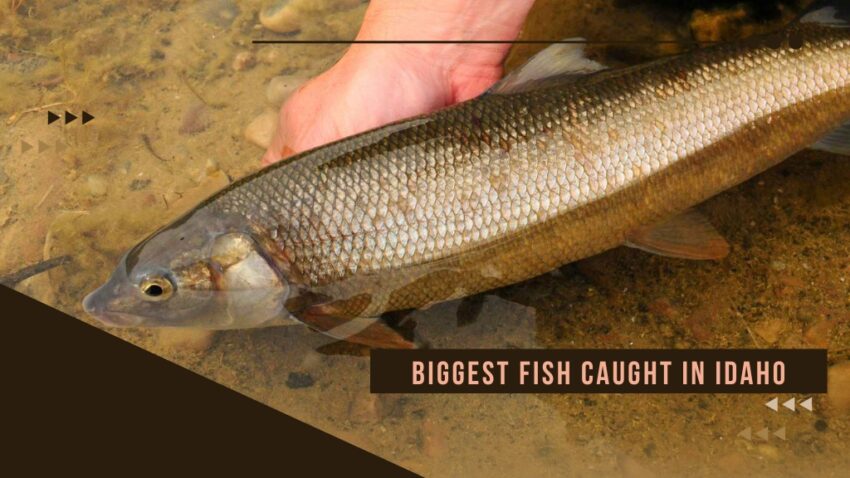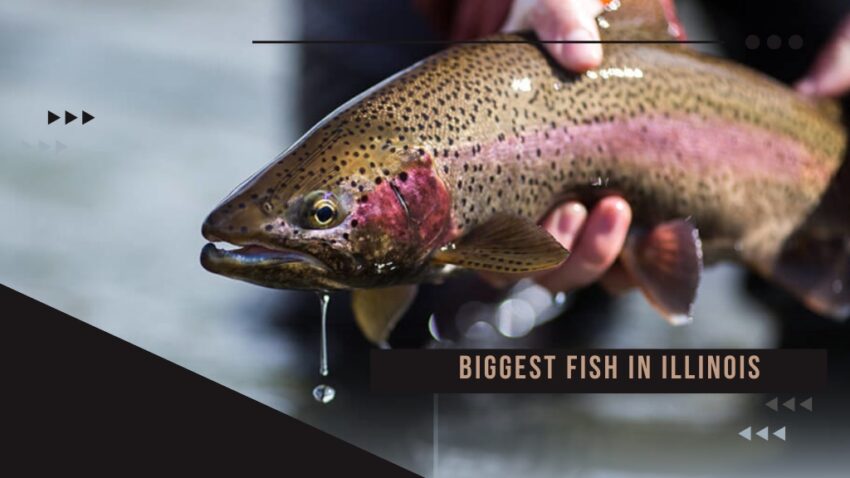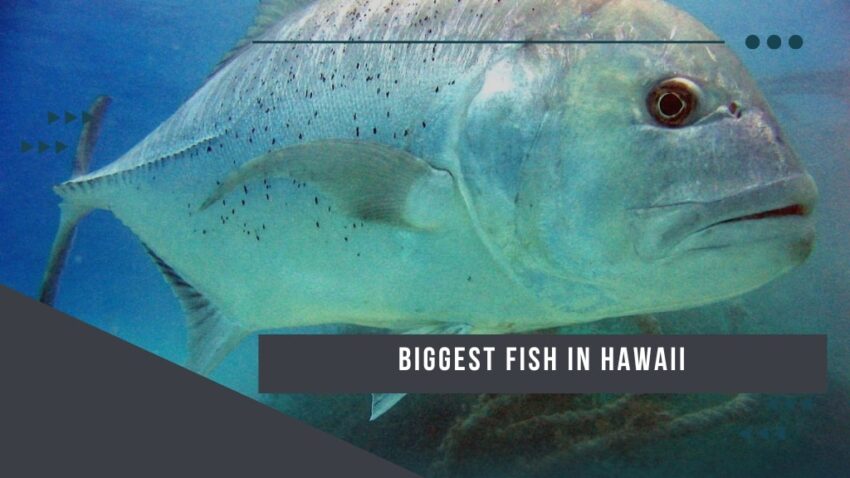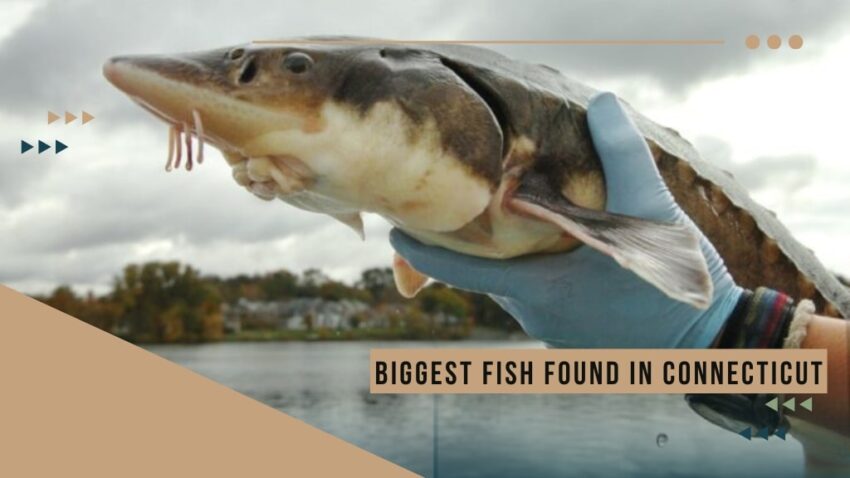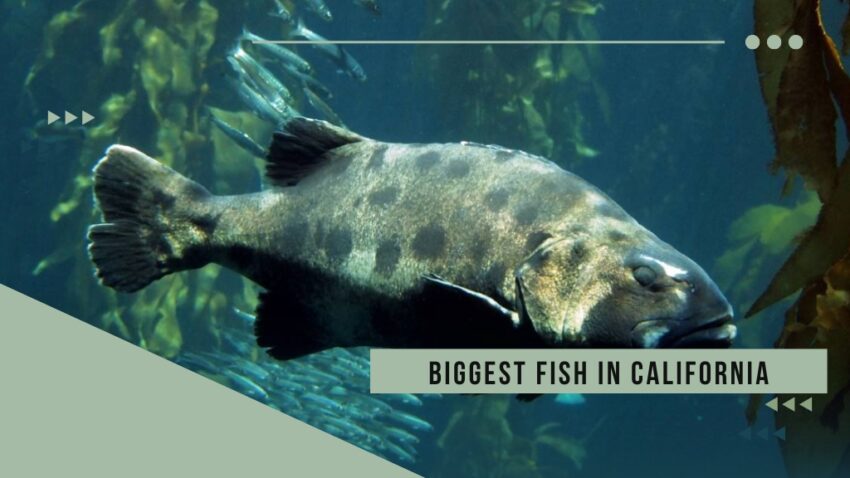A popular TV ad once questioned, “Where’s the beef?” As people increasingly prioritize knowing the origin of their food, we may begin to ask, “Where does the beef originate?”
For instance, which U.S. state has the highest cattle population? In 2022, Texas led the way with almost double the number of cattle compared to the next highest state.
In this article, we will discover the number of cattle in Texas and a few more states, and delve into some facts about the American cattle industry.
1. Cattle Population in Texas
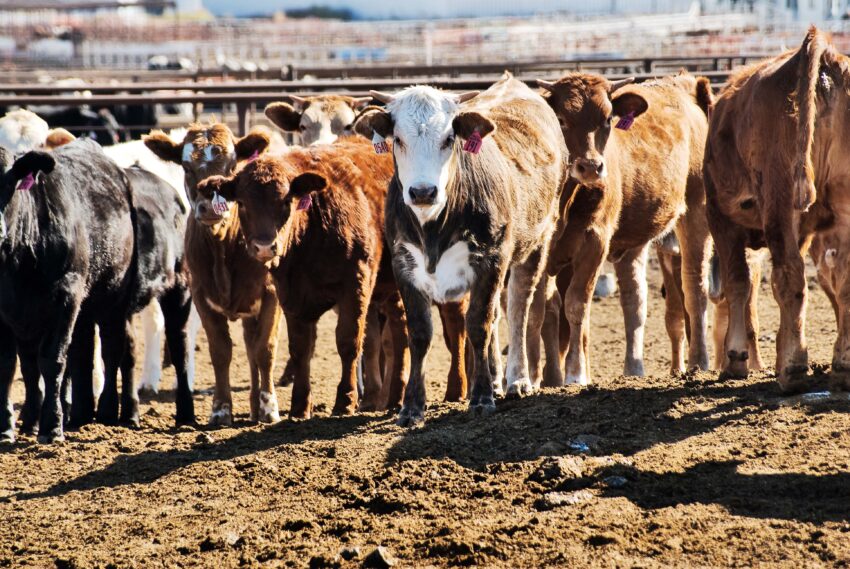
The U.S. Department of Agriculture reports that as of January 1, 2024, Texas had around 13.1 million head of cattle. Texas cattle farmers raised approximately twice the number of cattle compared to the runner-up state, Nebraska.
Here are the top 5 states with the largest cattle populations in the U.S. as of January 1, 2024:
| State | Number of Cattle (in millions) |
|---|---|
| Texas | 13.1 |
| Nebraska | 6.85 |
| Kansas | 6.5 |
| Oklahoma | 5.3 |
| California | 5.15 |
In the most recent agricultural census conducted in 2017, Texas also held the record for the highest number of farms and ranches in the nation. Texas’ 248,416 farms and ranches span 127 million acres of land, with the majority dedicated to cattle farming.
2. California
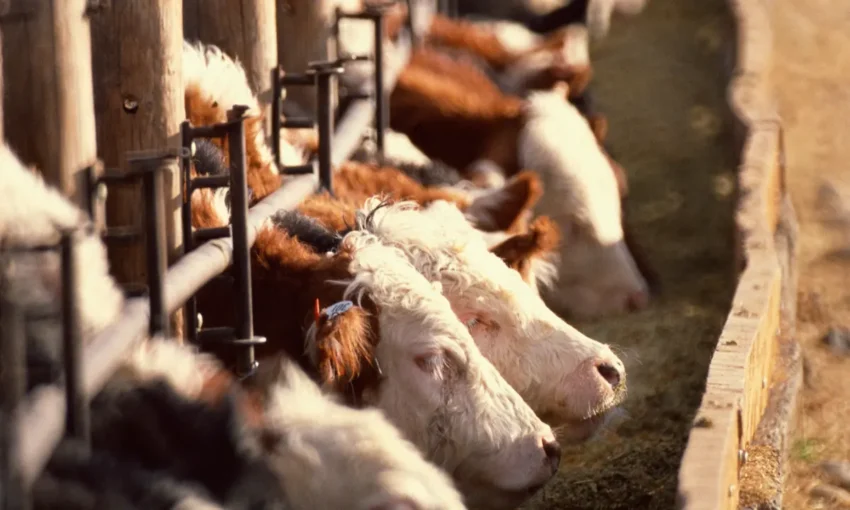
California, the “Golden State,” is a diverse and economically powerful state in the US. Known for its entertainment industry in Hollywood and its technology companies in Silicon Valley, California also boasts stunning landscapes and coastlines, attracting millions of tourists each year. Agriculture plays a significant role in the state’s economy, with the cattle and calf industry being particularly important. California’s cattle population reached 5.2 million in 2022, and the industry was valued at approximately $3.1 billion.
3. Oklahoma
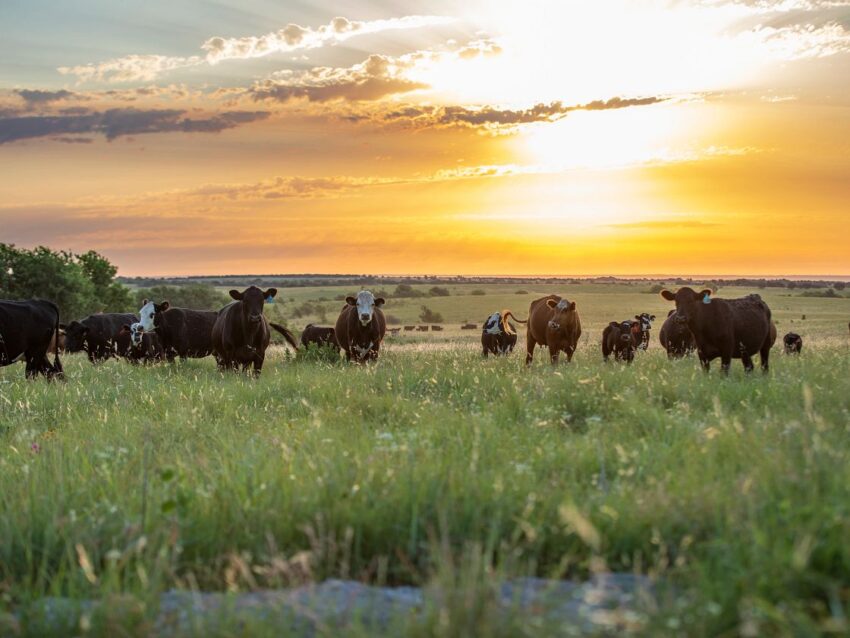
Oklahoma, the “Sooner State,” has a rich history tied to the Land Run of 1889. The state’s economy is driven by various industries, including energy, transportation, and aviation. However, Oklahoma’s agricultural sector is also a major contributor, particularly the cattle industry. With a cattle population of over 5.3 million in 2022, Oklahoma’s cattle and calf industry was valued at around $3.3 billion.
4. Kansas
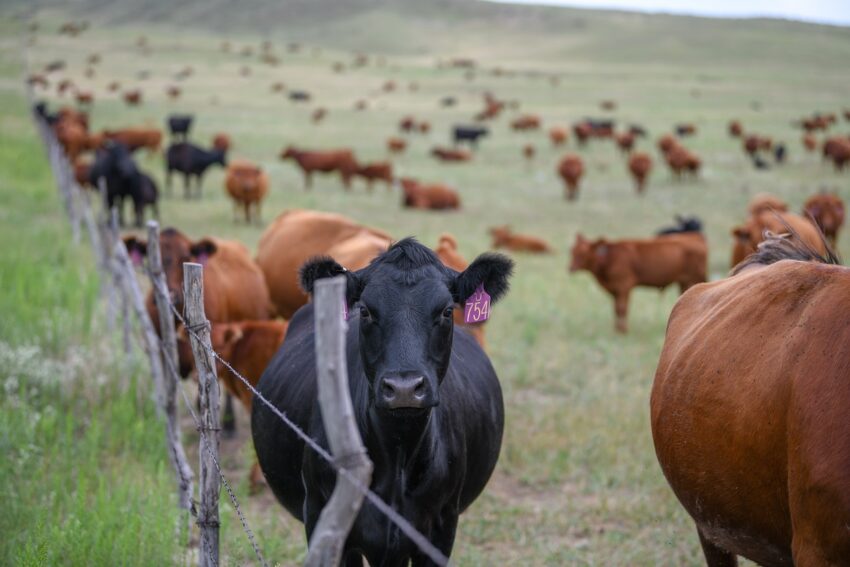
Kansas, the “Sunflower State” is located in the heart of America’s Great Plains region. With its vast prairies and grasslands, Kansas is an ideal location for cattle ranching. Although the state’s population is just over 2.7 million, it is home to over 6.3 million cattle. In 2022, the cattle and calf industry in Kansas was valued at around $8.3 billion, highlighting its importance to the state’s economy.
5. Nebraska
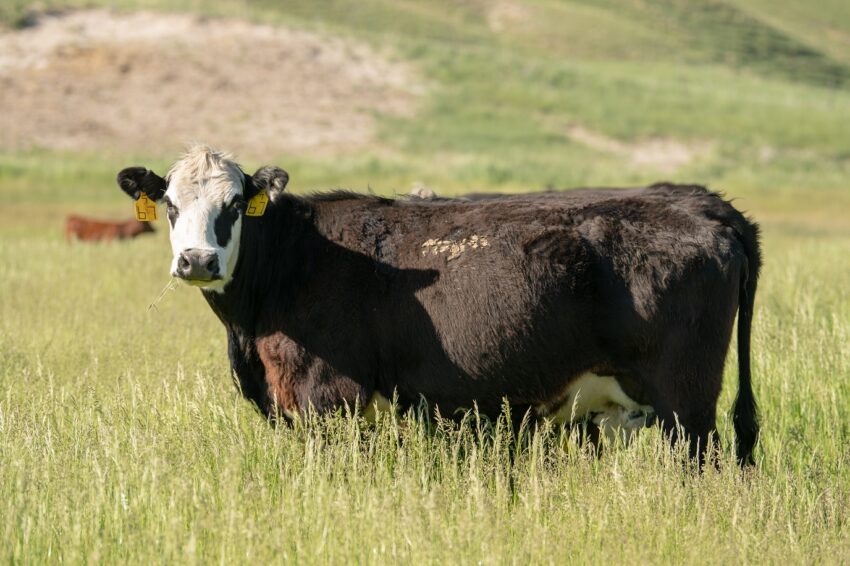
Nebraska, the “Cornhusker State,” is a major agricultural powerhouse in the US. With its fertile soil and abundant resources, the state is known for its expansive cattle ranches. Nebraska boasts the second-largest cattle population in the US, with over 6.8 million head of cattle. The state leads the nation in feeder cattle, with 2.75 million. In 2022, Nebraska’s cattle and calf industry was valued at around $10.6 billion, making it an essential part of the state’s economy.
Cattle Industry
In the U.S., cattle production is the largest and most important of all the agricultural industries. In 2022, U.S. made about $391 billion and cattle will made up about 17% of that amount.
The United States was the third-largest beef export country in the world in 2020. Americans also eat more beef in total than anyone else in the world.
The top 5 countries that bought U.S. beef exported in the first half of 2021 were:
- Korea
- Japan
- Hong Kong/China
- Mexico
- Canada
Production and Sustainability
Cattle production has been criticized for its environmental impact, including greenhouse gas emissions, land use, and water consumption. To address these concerns, the beef industry has adopted various sustainability practices aimed at reducing environmental impact.
One such practice is the use of precision agriculture technologies to reduce inputs such as feed, water, and energy. These technologies include precision feeding, which ensures that cattle receive the right amount of feed for optimal growth and health, and precision irrigation, which optimizes water use and reduces runoff.
The beef industry has also implemented conservation practices that promote soil health, reduce erosion, and conserve water. These practices include rotational grazing, cover crops, and conservation tillage.
International Trade and the Beef Industry
International trade is an essential aspect of the beef industry, as the U.S. is one of the world’s leading beef producers and exporters. The beef industry generates significant revenue from exporting beef products to foreign markets, creating jobs and supporting economic growth. However, global trade policies and regulations can have a significant impact on the U.S. beef industry.
One of the significant trade agreements that impact the U.S. beef industry is the North American Free Trade Agreement (NAFTA), which was recently updated to become the United States-Mexico-Canada Agreement (USMCA). The agreement eliminates most tariffs on U.S. beef exports to Canada and Mexico, increasing market access for U.S. beef producers.
Another critical trade agreement is the Trans-Pacific Partnership (TPP), which the U.S. withdrew from in 2017. The agreement aimed to reduce trade barriers between 12 Pacific Rim countries, including Japan, which is the largest export market for U.S. beef. Without the agreement, U.S. beef exports to Japan face higher tariffs compared to beef from other countries, reducing U.S. competitiveness.
FAQ
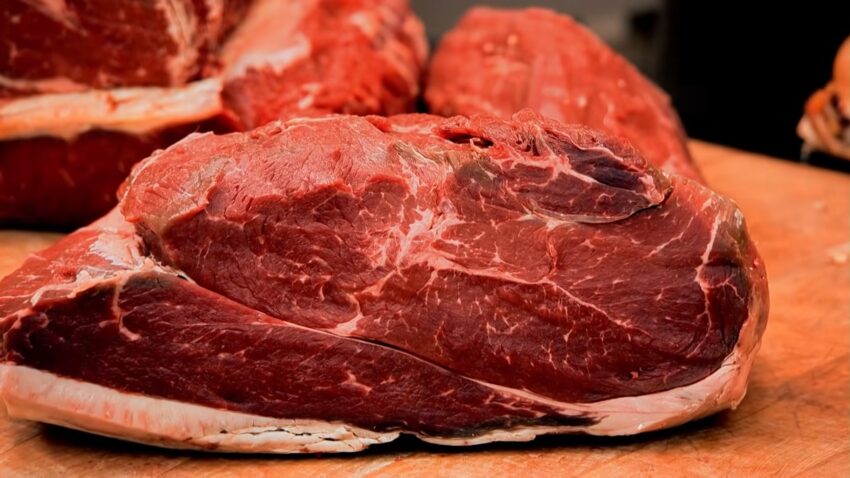
Which countries are the top buyers of US beef exports?
The top 5 countries that bought US beef exported in the first half of 2021 were Korea, Japan, Hong Kong/China, Mexico, and Canada.
How does the beef industry impact the environment?
Cattle production has been criticized for its environmental impact, including greenhouse gas emissions, land use, and water consumption. However, the beef industry has adopted various sustainability practices aimed at reducing environmental impact.
How does the beef industry contribute to food security?
The beef industry plays a significant role in global food security, as beef is a source of protein and essential nutrients for many people worldwide. The industry generates significant revenue from exporting beef products to foreign markets, increasing access to high-quality protein sources for people around the world.
How does the beef industry contribute to rural communities?
The beef industry is essential to rural communities, as it creates jobs and supports economic growth. In Texas, for example, the state’s 248,416 farms and ranches span 127 million acres of land, with the majority dedicated to cattle farming. The industry also supports local businesses and contributes to the development of rural infrastructure.
Conclusion
In conclusion, the US beef industry plays a significant role in the country’s economy, generating significant revenue from exporting beef products to foreign markets and creating jobs in rural communities. The industry has also implemented various sustainability practices to reduce its environmental impact and address concerns about greenhouse gas emissions, land use, and water consumption.
However, global trade policies and regulations can have a significant impact on the industry, and the US beef industry must navigate these policies to maintain its position as a global leader in beef production and exporting. Despite these challenges, the beef industry remains essential to global food security, providing a source of protein and essential nutrients to people around the world.

